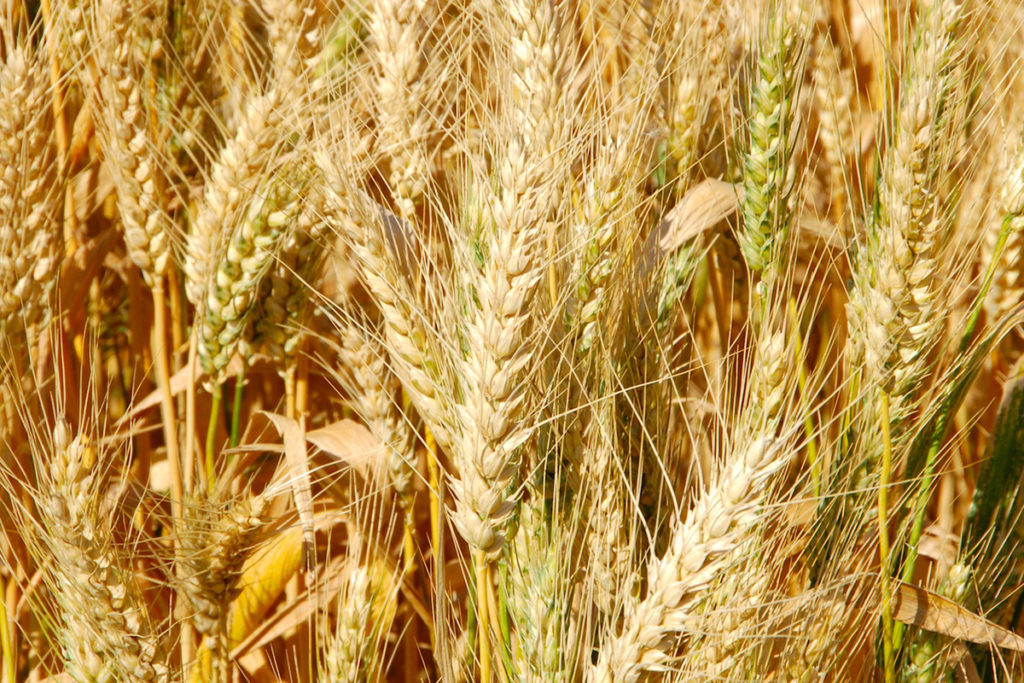Wheat

Wheat is a cereal grain that provides nourishment to more than one-third of the world’s population. Wheat is used in a variety of ways and products, but mostly as flour for bread and baked goods. Wheat has high gluten content, which gives wheat flour elasticity and strength, making it most suitable for baking.
Wheat cultivation flourished in the Western Hemisphere in the 19th century and now accounts for the largest cropland area of any food. Whole wheat contains the bran, germ, and endosperm and has protein, fiber, and many nutrients. Refined and processed wheat only contains the endosperm, resulting in a loss of over 60% of its nutrients. By law, manufacturers are required to add back some of the lost nutrients in an artificial form. However, not all of nutrients are replaced, making such processed wheat harder for most people to digest. Refined wheat, such as white flour, has a high glycemic index, adversely affects blood sugar levels, and can cause a host of health problems. Common refined wheat products include white flour, white or wheat bread, pastas, noodles, flour tortillas, and baked goods. These products are stripped of nutrients and are over-processed.
For a more nutritious wheat, look for the words “whole grain” when purchasing wheat products. Forms of whole wheat include wheat bran, wheat germ, wheat berries, bulgur wheat, whole-wheat couscous, cracked wheat, and unbleached whole-wheat flour.
Store wheat products in airtight containers in a cool, dark, dry place. Wheat products, except wheat berries, can be stored in the fridge or freezer to extend shelf-life. Soaking, sprouting, or fermenting wheat will increase digestion and absorption.
